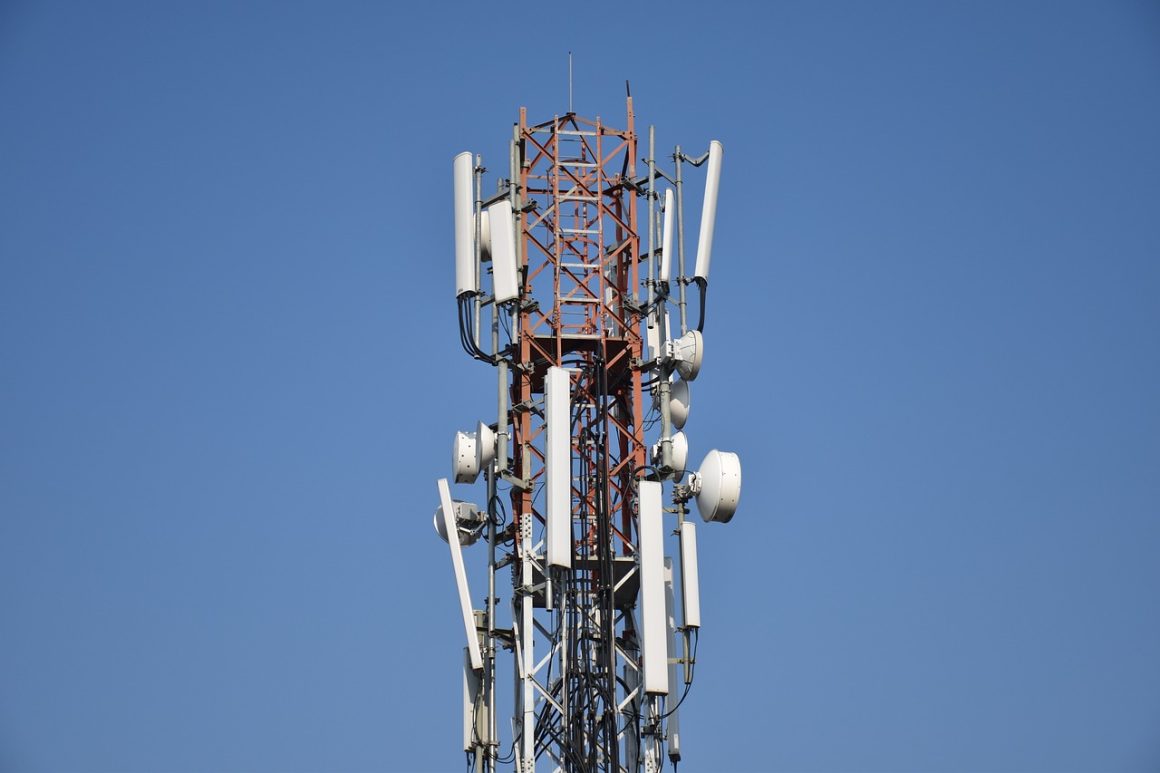The Next Generation Mobile Networks Alliance (NGMN) has published a RAN framework to help players in the sector evaluate the value of new RAN solutions.
According to the association, the “Radio Performance Assessment Framework” provides the mobile communications industry with a “comprehensive methodology” to evaluate new products.
The publication focuses on three pillars:
- Alignment with ITU-R IMT 2020 Metrics: NGMN says that radio performance metrics – such as spectral efficiency, Total Radiated Sensitivity, Total Radiated Power, and energy consumption – should align with ITU-R IMT 2020 specifications in 3GPP standards.
- Benchmarking Against 3GPP Release-18: The document suggests that all new RAN solutions must demonstrate clear performance improvements when benchmarked against 3GPP Rel-18 specifications.
- Integration of 5G A Rollout Learnings: The framework incorporates lessons learned from the deployment and operation of 5G Standalone networks.
“This framework is a vital tool for fostering a collaborative and standards-based approach to advancing the RAN ecosystem,” said Konstantinos Chalkiotis, Member of the NGMN Alliance Board and VP Access Technologies & Spectrum, Deutsche Telekom.
“It enables the industry to focus on creating real value for users while addressing critical challenges such as energy efficiency, other operational efficiencies and scalability.”
In a press release, NGMN explained that the Radio Performance Assessment Framework was primarily intended to provide guidance to 3GPP. However, the publication now also provides general guidance to the broader ecosystem.
The framework was built on another document – the 2023 MNO Position Statement, which emphasised that any new RAN must deliver tangible additional benefits. These include enabling new user-driven use cases or improving operational efficiencies like energy consumption.
Featured image by Prasanna Devadas from Pixabay



